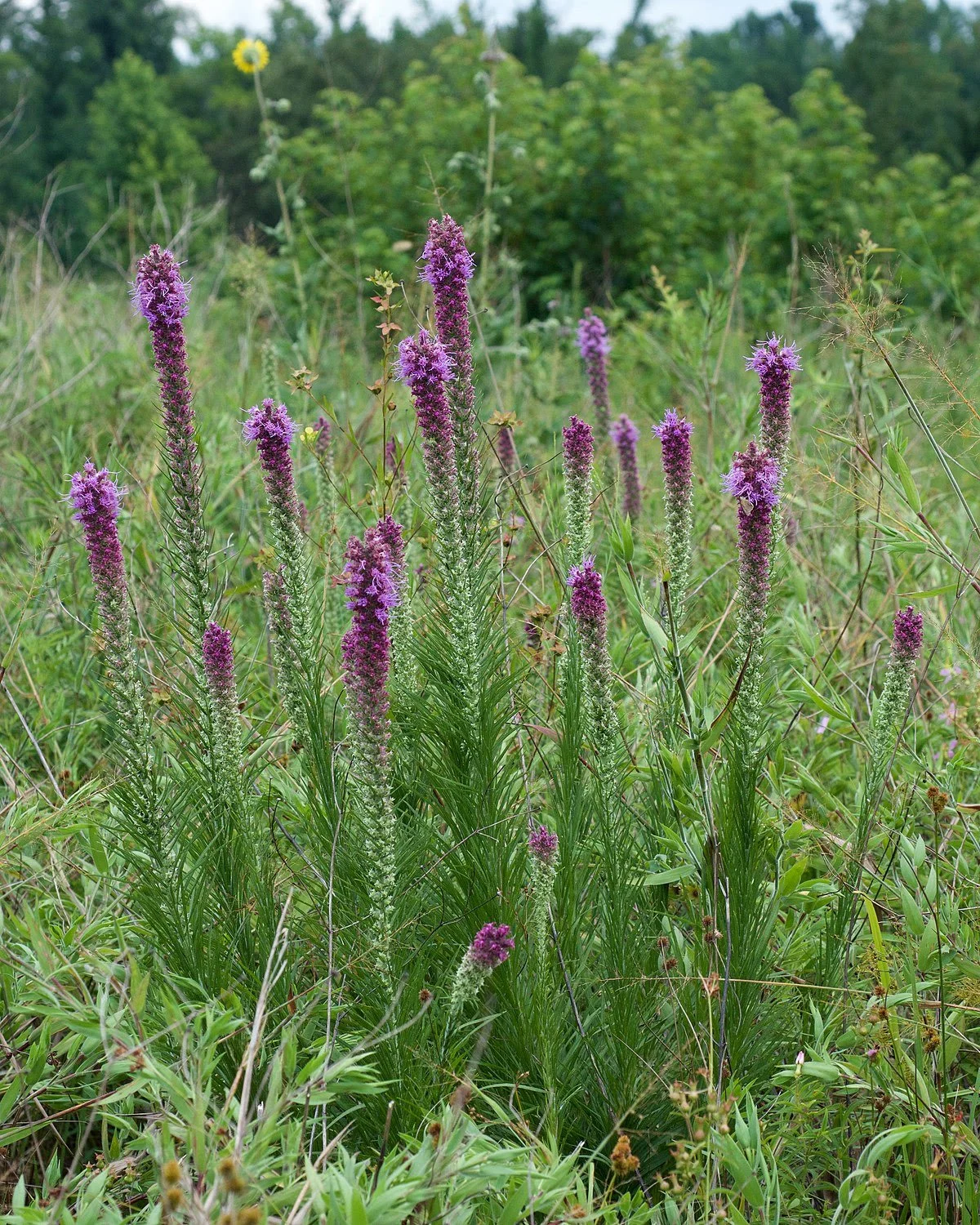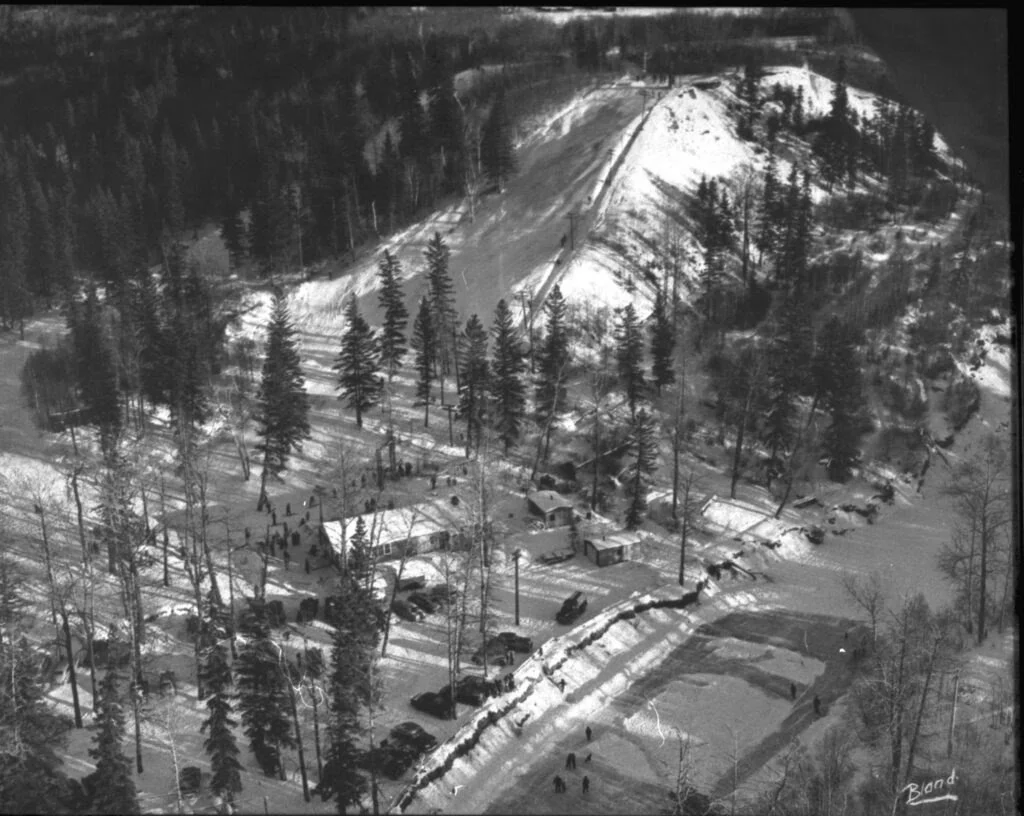Wolf Willow residential parking program feedback requested
On November 1, 2021, after discussions with Wolf Willow Crescent residents and City Council support, a one-year resident-only parking program trial was initiated for the Wolf Willow stairs access area. The trial is being conducted to explore ways to balance the needs of residents to be safe and reduce traffic and parking congestion while providing access to the river valley.
Edmontonians are invited to share their feedback about the trial by responding to a survey, attending an online meeting, and sharing your experience and feedback about the resident-only parking program trial in the Wolf Willow stairs access area. The results of this engagement and the survey will be used along with research, enforcement, and operational data to evaluate the parking program. You can share your feedback until September 6 at https://engaged.edmonton.ca/wolfwillow
Meadow Blazingstar excellent addition to any native plant garden
Blazingstar is a familiar flowering plant on the Canadian prairies. Unlike other asters, its heads have disc flowers, but lack ray flowers. With it showy purple flowers, this species would make a beautiful addition to any native plant garden.
Meadow Blazingstar blooms pink-purple flowers from July to August. Butterflies, other insects, and hummingbirds favor the nectar-rich flowers. Its small, dry fruits contain a single seed and in late fall attract Black-Capped Chickadee and other seed-eating birds such as Finches and Pine Siskins. More at https://www.prairiepollination.ca/plante-plant/liatris_a_styleligule-meadow_blazingstar/
Keillor farm an everlasting river valley retreat
In 1915, from his vantage atop Saskatchewan Drive in what is now Belgravia, Dr. Frederick Keillor saw that this land was special. He was looking west into the North Saskatchewan River valley, which had just experienced a once-in-a-century flood that had left much of it underwater. He noted that this plot of land, stretching west to Whitemud Creek, was unaffected.
When World War I broke out, Keillor went overseas as member of the Royal Army Medical Corps. After being discharged in 1918, he returned to Edmonton with a desire to connect with the land and an interest in the well-being of his fellow human beings, Keillor purchased that unaffected river valley parcel from the Imperial Bank, which had repossessed it from entrepreneur John Walter after the 1915 flood had flushed away much of his fortune. Thus begins the story of Keillor farm.
With the young city of Edmonton sprawling out onto the prairie landscape, Keillor recognized the therapeutic and restorative potential of his new 160-acre purchase. He saw the potential for returning soldiers to use the land as a much-needed respite to help them through the trauma of what they had just experienced. Beginning in the 1920s, Edmontonians flocked to the land to picnic, ski, and hike.
During this time, Keillor’s legendary altruism began to take root. He created infrastructure for electricity to power not only his cabin, but also a nearby ski club in need of a powered lift where the Alfred J. Savage Centre is today. When the city’s trees suffered from insect infestations, he planted a tree nursery to replace more than 500 of them. Read more at https://citymuseumedmonton.ca/2022/07/07/an-everlasting-river-valley-retreat/
Swainson’s Thrushes more likely to be heard than seen
This bird becomes numerous across most of forested North America during migration in spring and fall. During migration, their soft, bell-like overhead “peeps” may be mistaken for the calls of frogs. Though these birds can be hard to spot on the ground in a dim forest understory, they sing frequently in summer and call frequently during migration. In the breeding season, listen for their beautiful, flutelike song coming from the forest.
These largely arboreal foragers pluck berries, glean bugs from leaves, or perch on branches and stumps. They also bound across the forest floor to catch insect prey. Swainson’s Thrushes have been called “mosquito thrushes” for their flycatching habit of going after flying insects while feeding on their breeding grounds.
You can make your yard more enticing to this bird by providing tree and shrub cover and ground-level bird baths, avoiding chemical pesticides, and letting leaf litter accumulate undisturbed. More at https://www.allaboutbirds.org/guide/Swainsons_Thrush/overview
Celebration of care and appreciation for each other and our river valley
Melissa writes “I recently had a lovely walk in the Mill Creek Ravine which is one of my favourite spots in the city. There were many folks out enjoying this amazing jewel. As I walked on one of the lesser-used trails I heard a cry of "Walker up!" from an upcoming cyclist. I stepped aside and as he passed, he said "six more behind me". Six more bikers followed with smiles on their faces, the last giving me a hearty "thank you".
A few minutes later I heard a delighted voice from the paved trail above me. A small child told his mother "I feel like I'm riding through a tunnel of forest!". Although I prefer to be off the beaten path, it's lovely that there is an accessible path for those that prefer or need it. It all felt like a celebration of how we can respectfully show care and appreciation for each other and our amazing River Valley.”
Moose on East Jasper Avenue, morning of July 25.
Comment or contribution
Please note that articles may not reflect the position of NSRVCS. River Valley News is meant to be a clearinghouse for the wide variety of opinions and ideas about Edmonton’s River Valley.
If you have a comment, concern, or question, contact us at nsrivervalley@gmail.com Please email us river valley photos or event information. Your friends, neighbours and colleagues can sign up for this newsletter on our web site https://www.edmontonrivervalley.org/
Sincerely yours,
Harvey Voogd
North Saskatchewan River Valley Conservation Society
780.691.1712






